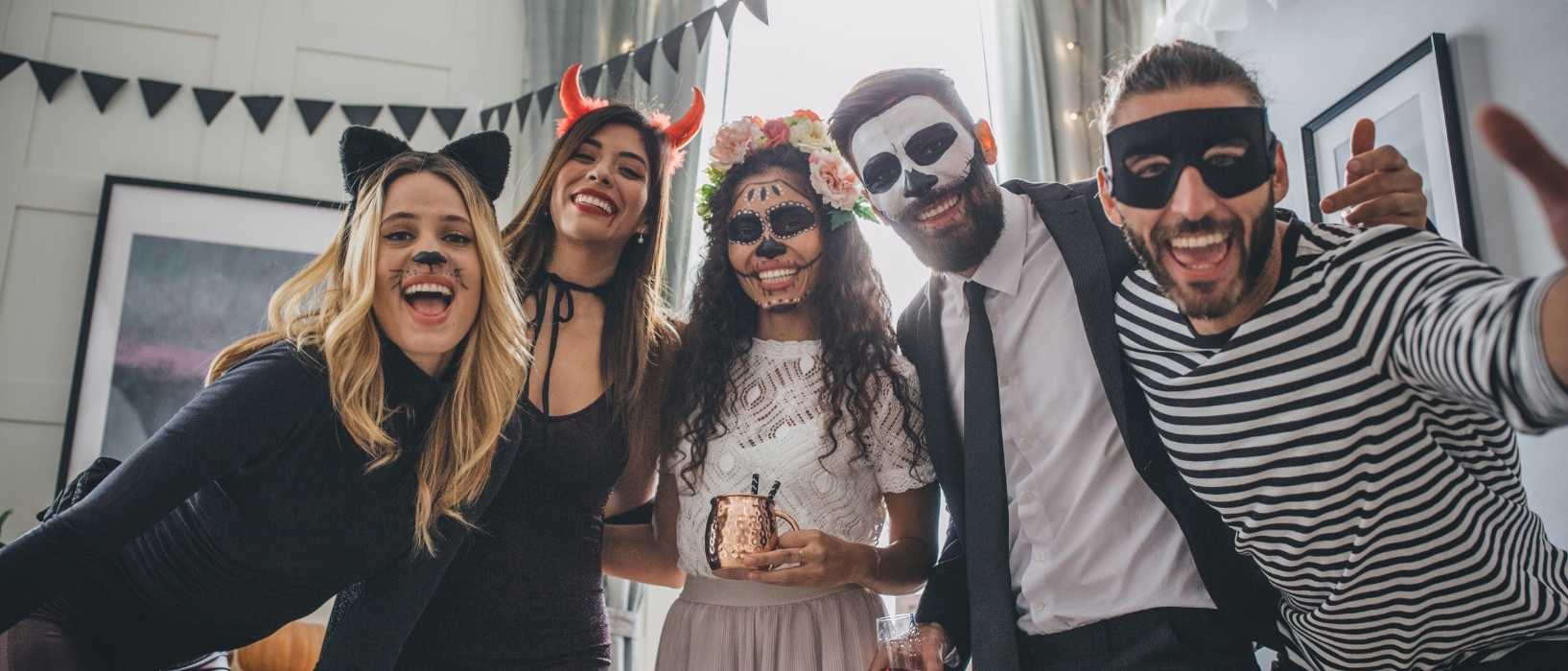
It's Spooky Season
If you have been too busy and haven’t realised, it’s spooky season and Halloween is around the corner.
That means trick-or-treaters, scary costumes, horror movies on Netflix and lots of happy, smiling children binge-eating sweets!
As with any celebration, consumption and waste go up.
From decorations to costumes, from treats to pumpkins, they all increase your footprint.
Today we delve into the history of Halloween, why it has an environmental impact and offer some suggestions on how to celebrate more sustainably.

The History of Halloween
Halloween or Hallowe’en (a contraction of “All Hallows’ evening”) is a celebration observed in many countries on 31 October, the eve of the Western Christian feast of All Hallows’ Day.
According to one theory, many Halloween customs were influenced by Celtic harvest celebrations, especially the Gaelic holiday Samhain, which is thought to have pagan origins.
Some go even further and assert that the early Church may have converted Samhain and its eve to Christianity as All Hallow’s Day.
Halloween has been celebrated for generations in Ireland and Scotland.
In the 19th century, Irish and Scottish immigrants brought many of these practices to North America.
By the late 20th and early 21st centuries, thanks to American influence, Halloween has expanded across the globe and become far more than a religious celebration.
Such is the attraction of the celebratory eve, in the US 65% of the adult population celebrates Halloween.
Why Does Halloween Have an Environmental Impact?
In the UK, 79% of households with children dress up for Halloween which in 2021 accounted for 39 million people!
Around 7 million costumes also end up in landfills each year, whilst 15 million pumpkins are binned.
With so many people taking part, it leads to some scary statistics when it comes to consumption and waste!
To put these numbers into perspective, it is estimated that around 2,000 tonnes of plastic waste, around the same amount as 83 million plastic bottles is generated from binned Halloween costumes in the UK each year
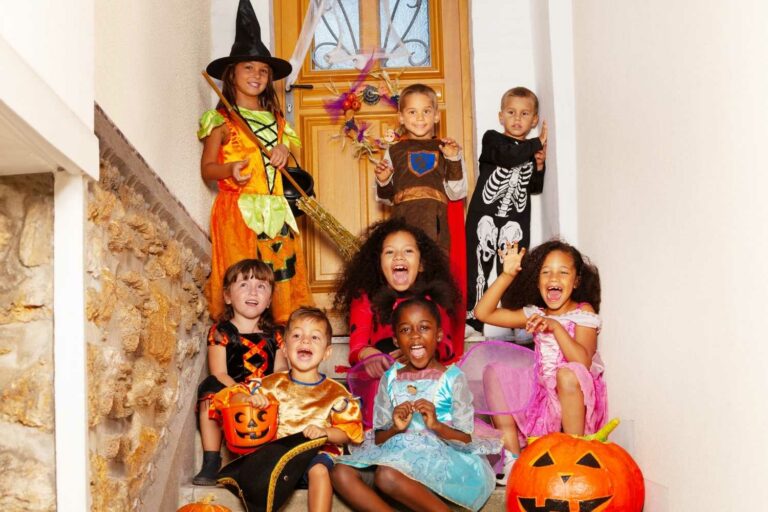
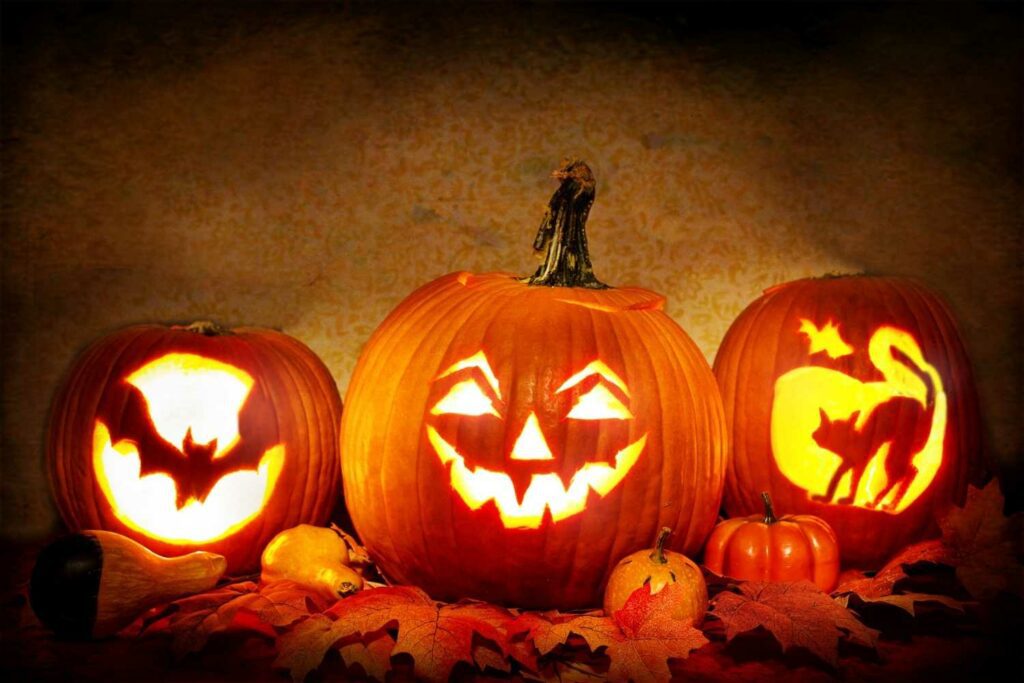
Did you know that pumpkins cause another major environmental impact?
Pumpkins are produced and purchased simply for decoration and then binned the next day, which unfortunately is where the problems come.
If sent to a landfill, a pumpkin will decompose quite quickly and whilst doing so, it begins to ferment and produce methane gas.
Methane gas is eighty times worse than carbon dioxide as a greenhouse gas and at least 25% of today’s global warming is caused by methane from human actions!
It’s not just the costumes and pumpkins that cause an environmental impact.
Unfortunately, the treats dished out generally come in single-use plastic wrappers that quite often end up in landfills.
To show you the scale of the problem, on Halloween, the UK spends over £600 million with around £50 million spent on sweets!
That’s a lot of sweet wrappers, costumes, pumpkins and decorations bought just for one night.
So, what can you do to make your Halloween more sustainable?
Below are a few ideas to help you.
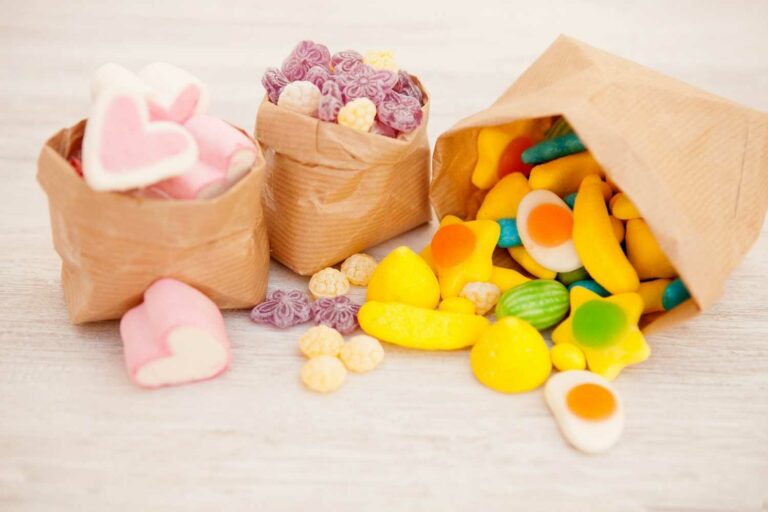
Sustainable Costumes

When it comes to costumes, the most sustainable option is to use what you already have.
Can you create a cool costume with clothes you currently own?
Can you borrow something from a friend if you’re having trouble?
If you don’t want to wear the same costume as last year, why not try a Halloween costume swap?
Can you swap costumes with other parents if it’s for the kids?
The next most sustainable choice is to buy preloved if you can’t find what you need in your own or a friend’s wardrobe, eBay and Facebook Marketplace are good places to look.
If neither of the above works for you, how about renting a costume – this prevents single-use waste.
Have a look at hire companies Carnival Store and The Costume Company which are great choices and if you want to purchase a new costume, places like Etsy sell eco-friendly costumes.
Sustainable Pumpkins
Next, we come to the most recognisable of all Halloween products, the pumpkin – for most people the glowing Jack ‘o’ Lantern is the symbol of Halloween.
Pumpkins, believe it or not, are food and they make amazing soup, are great roasted and their seeds are a good source of protein.
If you want to see just how useful the pumpkin can be, head over to the BBC Good Food Guide and check out some of the amazing recipes you can create using the leftovers of your lantern (pumpkin pie is divine)!
Don’t forget to make sure when Halloween is over you pop the pumpkin (minus any plastic, wax etc) in the food waste bin or compost it.
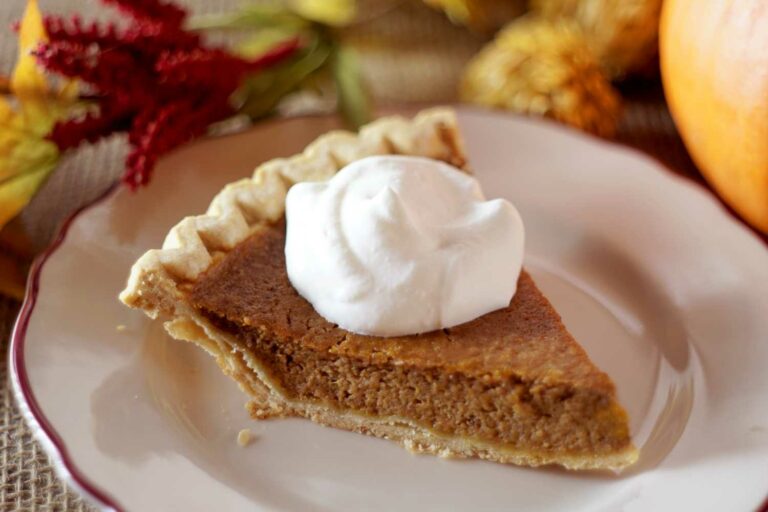
Sustainable Decorations

When it comes to decorations, especially if you are having a Halloween party or creating a spooky environment for trick-or-treaters, the first thing we suggest is repurposing household items, and reusing old decorations.
If you do have to buy new, you one good choice is Ginger Ray!
Ginger Ray is a successful party supplier that became conscious of its impact a few years ago and started to think about how it could keep the party going more sustainably.
They have been working hard to make their products eco-friendlier and are being more transparent as they think it’s the right thing to do.
To make your Halloween more sustainable, you can head over to their Halloween page.
Sustainable Trick or Treating
For trick-or-treaters, we would normally advocate making your own treats, but with allergies and other safety concerns, we suggest this is not the best thing to do.
Thankfully there are plenty of ethical and sustainable chocolate and sweet brands to look at – watch out for products that are Fairtrade, Certified Organic or have other sustainable certifications.
One of our favourites is Neary’s Sweets where you can buy all sorts of vegan and sustainably made sweets which come in plastic-free, biodegradable packaging.
If your kids come home with bags of treats wrapped in single-use plastics, these can now be recycled using soft plastic recycling schemes available at some supermarkets, including Tesco, Co-Op stores, and Morrisons.
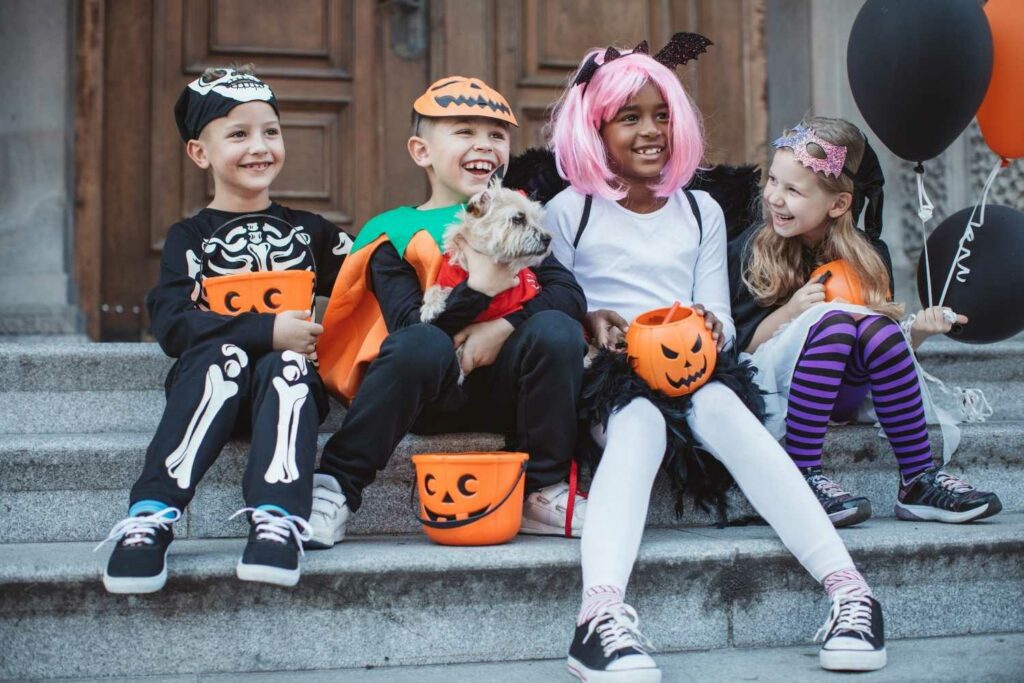
Finally, if you are a chocolate lover, have a look at the Halloween range from Moo Free Chocolates!
Moo Free are an award-winning sustainable chocolate maker and all their chocolates are eco-friendly, vegan and dairy free without making any compromises on taste!
Best of all, you can receive a 10% discount voucher on your first purchase just by signing up for their mailing list, helping to make your Halloween more sustainable and saving you some money!
That’s it for this week.
We hope you have enjoyed our tips and education and that the article helps you to enjoy Halloween in a more sustainable way.
If you are enjoying your journey and our content, please feel free to share it on your social media to help spread the word and to help create positive, sustainable change!





